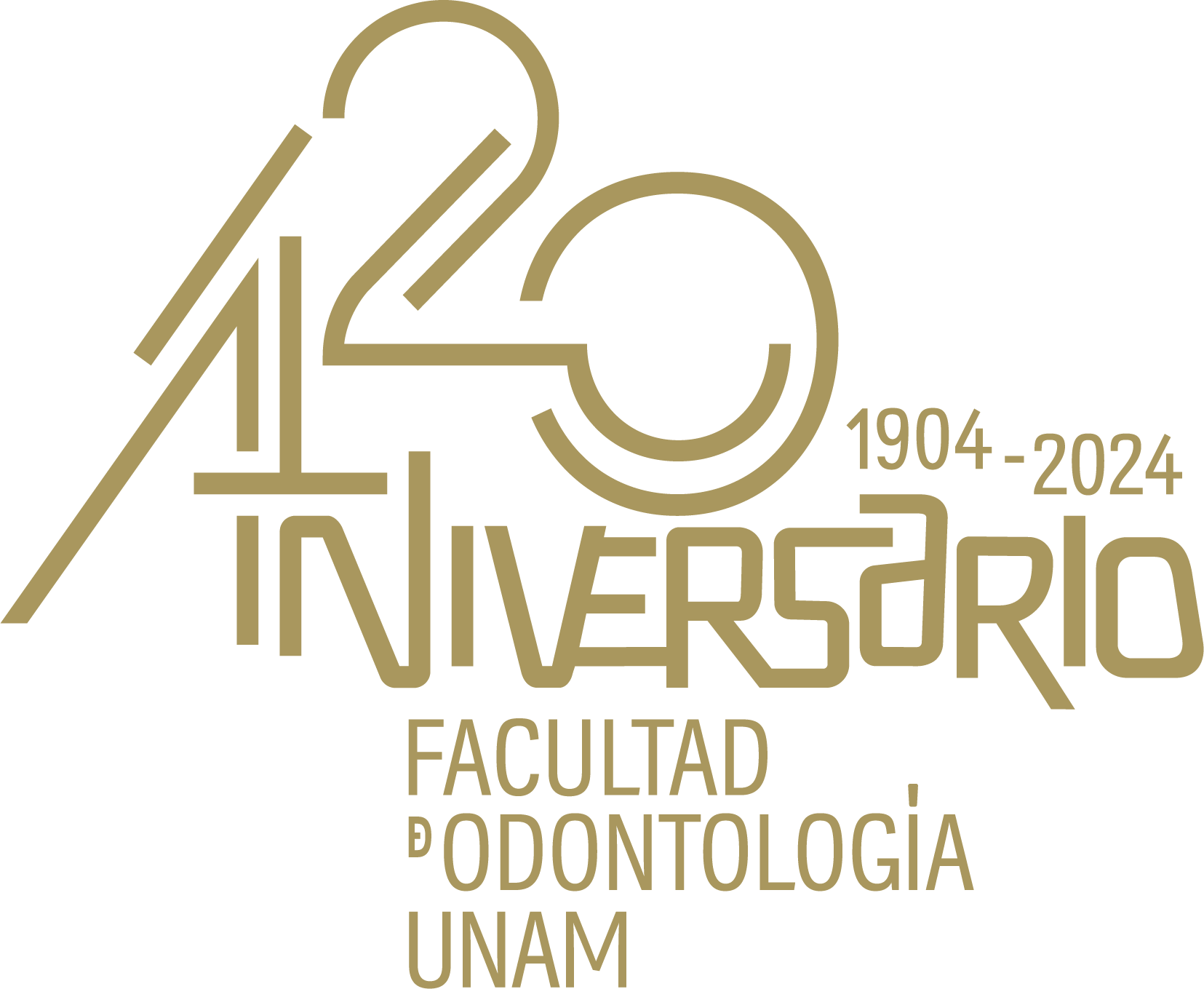Registro completo de metadatos
| Campo DC | Valor | Lengua/Idioma |
|---|---|---|
| dc.rights.license | https://creativecommons.org/licenses/by-nc-nd/4.0/legalcode.es | - |
| dc.creator | López Buitrago, Diego Fernando | - |
| dc.creator | Ruiz Botero, Juliana | - |
| dc.date.accessioned | 2025-01-29T00:10:58Z | - |
| dc.date.available | 2025-01-29T00:10:58Z | - |
| dc.date.issued | 2017 | - |
| dc.identifier.issn | 2395-9215 | - |
| dc.identifier.uri | https://ru.odonto.unam.mx/handle/123456789/31798 | - |
| dc.description.abstract | Facial asymmetry is one of the main fi ndings during clinical practice with a prevalence between 21-85%; this causes both functional and aesthetic problems, and is manifested by an inconsistency in size, shape, or position of craniofacial structures on both sides of the mid-sagittal plane. Its etiology is attributed to hereditary and/ or environmental factors that may be expressed during the fetal, childhood and/or pubertal stage, including unilateral condylar hyperactivity, functional disharmony of the masticatory muscles, dominance of one cerebral hemisphere, plagiocephaly, unilateral craniosynostosis, among others. The time of evolution prior to its detection contributes to the level of expression of the asymmetry. By means of a literature review, the proposal of a differential diagram and the presentation of a case report which includes facial analysis, cephalometric analysis, 3D tomographic reconstruction and fi ndings of nuclear medicine, differential diagrams are suggested as well as a new classifi cation of facial asymmetry. The differential diagnosis between asymmetry of the glenoid fossa and hemimandibular elongation is established, which requires a careful correlation of clinical fi ndings and imaging tests, since both have similar clinical characteristics, but differ in their therapeutic approach. | - |
| dc.language | eng | - |
| dc.publisher | Universidad Nacional Autónoma de México. Facultad de Odontología | - |
| dc.rights | La titularidad de los derechos patrimoniales de esta obra pertenece a las instituciones editoras. Su uso se rige por una licencia Creative Commons BY-NC-ND 4.0 Internacional, https://creativecommons.org/licenses/by-nc-nd/4.0/legalcode.es, fecha de asignación de la licencia 2018-02-06, para un uso diferente consultar al responsable jurídico del repositorio por medio del correo electrónico revistamexicanadeortodoncia@gmail.com | - |
| dc.subject | Facial asymmetry | - |
| dc.subject | glenoid cavity | - |
| dc.subject | condylar hyperplasia | - |
| dc.subject | hemimandibular elongation | - |
| dc.subject.classification | Ciencias Biológicas, Químicas y de la Salud | - |
| dc.title | Asymmetry of glenoid fossa as differential diagnosis for hemimandibular elongation | - |
| dc.type | Artículo Técnico-Profesional | - |
| dcterms.provenance | Universidad Nacional Autónoma de México. Facultad de Odontología | - |
| dc.description.repository | Repositorio Universitario de la Facultad de Odontología, https://ru.odonto.unam.mx/ Facultad Odontología | - |
| dc.rights.accessrights | Acceso abierto | - |
| dc.identifier.url | https://revistas.unam.mx/index.php/rmo/article/view/63316/55601 | - |
| dc.identifier.bibliographiccitation | López Buitrago, Diego Fernando, et al. (2017). Asymmetry of glenoid fossa as differential diagnosis for hemimandibular elongation. Revista Mexicana de Ortodoncia; Vol. 5 Núm. 4, 2017. | - |
| dc.identifier.doi | https://doi.org/10.1016/j.rmo.2018.01.013 | - |
| dc.relation.ispartofjournal | Revista Mexicana de Ortodoncia; Vol. 5 Núm. 4 (2017) | - |
| Aparece en las colecciones: | Revistas | |
Los ítems de DSpace están protegidos por copyright, con todos los derechos reservados, a menos que se indique lo contrario.

